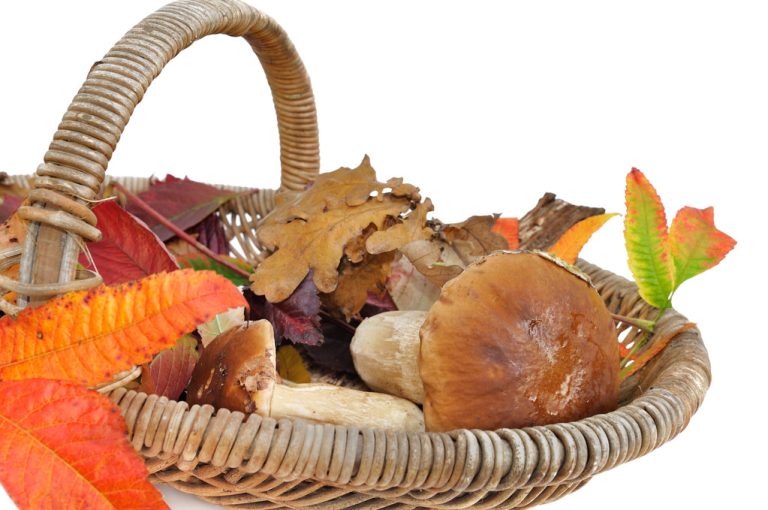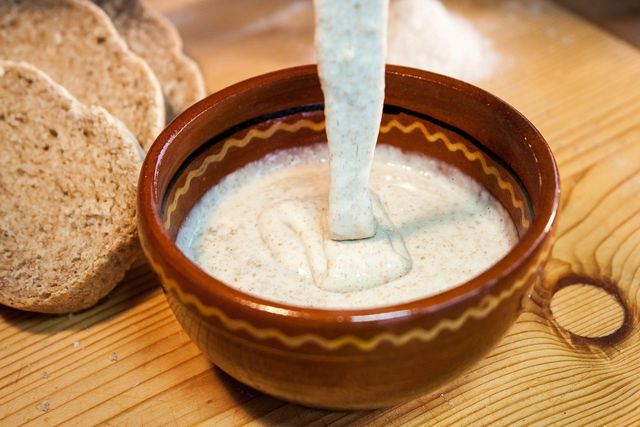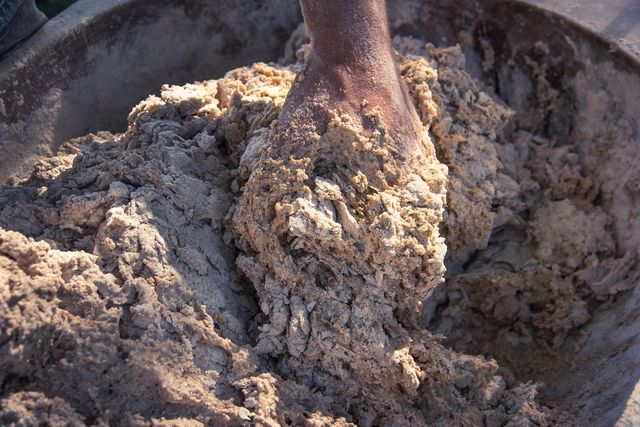Porcini mushrooms cannot be grown commercially, so they are not available fresh all year round. However, if you dry porcini mushrooms, you can preserve them. We’ll show you how.

Drying porcini mushrooms: the right preparation
Before you dry the porcini mushrooms, you should take the following precautions:
Dry the mushrooms as soon as possible after picking. This is the best way to preserve their aromatic taste.
Wet porcini mushrooms are not suitable for drying, as they easily mold. Therefore, only clean the mushrooms with a slightly damp cloth before drying. You can also scrape off dirt with a sharp knife.
Cut out any eaten spots on the porcini mushrooms. The best way to dry porcini mushrooms is to cut them into slices three to five millimeters thick.
Now you can decide, because there are two ways to dry porcini mushrooms without a professional dehydrator: in the air or in the oven.
Air dry porcini mushrooms
Air-drying porcini mushrooms is the easiest and most environmentally friendly option. However, you need the right weather for it. The air drying process only works when the weather is dry and as hot as possible. How to do it:
Thread the porcini slices on a thin thread or spread them out on a baking sheet. The mushroom pieces should not touch each other.
Dry the porcini either in full sun or in the shade. The former speeds up the drying process, but the latter is gentler and better preserves the aroma of the mushrooms.
If the mushroom slices are on a baking sheet, you should turn them several times a day. If you dry the mushrooms outside, you also have to bring them inside in the evening, otherwise they could absorb moisture from the cool night and morning air.
The duration of the drying process varies depending on the weather. The dried porcini mushrooms are ready as soon as they are dry on the inside but can still be bent. They also rustle like dry leaves.
Drying porcini mushrooms in the oven
Drying in the oven requires more energy. Proceed as follows for the drying process in the oven:
Spread the porcini slices on a baking sheet and place in the oven.
Then let the mushrooms dry at a maximum of 50 degrees and circulating air. Important: Hold the oven door ajar with the handle of a wooden spoon so that the moisture in the mushrooms can escape into the oven.
With this drying variant, too, the duration of the drying process varies depending on the performance of the oven.
Tip: If you have a stove with a stone plate, you can also let the porcini mushrooms dry on this plate while the fire burns in the stove. This way you don’t use any additional energy.

Properly store dried porcini mushrooms
You should store dried porcini mushrooms in airtight jars in a dark, dry place.
Stored in this way, dried porcini mushrooms will keep for several years. If they get a slight gray tinge after a while, this is harmless: they are leaked minerals.







